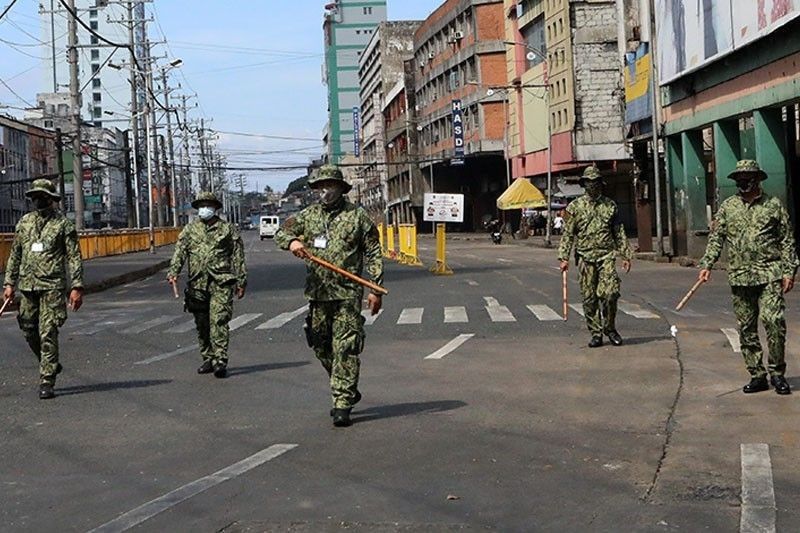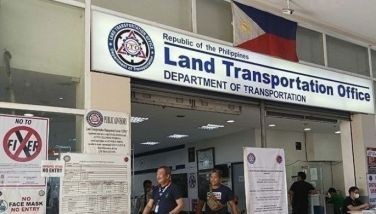Palace: Parts of Metro Manila may remain under ECQ after May 15

MANILA, Philippines — The government may ease the quarantine restrictions in parts of Metro Manila where increase in coronavirus cases is slowing down, Malacañang said Thursday.
Presidential spokesman Harry Roque said there have been observations that the case doubling time in Metro Manila has slowed down from two to three days to five to six days.
"If the data that shows that the spread of the disease is slowing down does not change and we still have the capacity to provide critical care, perhaps that is the direction we are taking," Roque said at a press briefing when asked whether some Metro Manila cities may be placed under GCQ.
"That is why our appeal for the remaining days...is stay at home so the IATF (Inter-Agency Task Force) won't have difficulties lifting the ECQ (enhanced community quarantine) especially in Metro Manila," he added.
Metro Manila, home to more than 12 million people, has been under ECQ since March 17. The lockdown, which has been extended twice, is supposed to last until May 15.
Under ECQ, mass transportation is suspended and only essential businesses and services can operate. Restrictions under GCQ are relax as public transportation can now operate but at a reduced capacity.
Selected establishments, including malls, may also resume operations but should comply with social distancing and health standards.
"I am not sure if it (the lifting of ECQ) will cover the entire Metro Manila because in other cities, the cases still double in every to to three days," Roque said.
Interior Secretary Eduardo Año previously said San Juan and Valenzuela are among the Metro Manila cities that showed a slowdown in the growth in coronavirus cases. He, however, clarified that the government would have to look at the data on the confirmed cases before deciding on the quarantine restrictions.
Last Wednesday, the health department reported that the country is starting to flatten the coronavirus disease 2019 (COVID-19) curve. The agency, however, warned that a resurgence of cases may happen if people become complacent about social distancing.
John Wong, an associate professor of the Ateneo School of Medicine and Public Health and a member of the IATF’s technical working group on data analytics, has credited the ECQ for the significant slowdown in the spread of the transmission. Metro Manila, Wong said, listed only a few additional deaths and that most deaths are from outside of the capital region.
Roque said the government is expected to decide on the quarantine restrictions in Metro Manila a few days before May 15.
Despite the backlog in the release of COVID-19 test results, Roque said the data released by the health department is a "good basis" in determining whether the ECQ should be lifted in some areas.
"I wouldn’t say it’s completely 100-percent accurate but it’s fairly accurate at this point especially now that we are increasing our testing capacity with the opening of the four mega swabbing centers and with the increase of our PCR testing centers. Besides, the private sector has the Project Ark and they have seen a lot of positive cases," the Palace spokesman said.
"So as we come closer to May 15, we would have a better picture," he added.
Aside from Metro Manila, other areas that will remain under ECQ at least until May 15 are Central Luzon except Aurora province, CALABARZON, Pangasinan, Benguet, Albay, Iloilo including Iloilo City, Cebu including Cebu City, Bacolod City, Zamboanga City, and Davao City.
- Latest
- Trending































